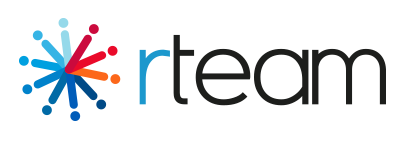Fourth Industrial Revolution
Revolutions have changed the world in terms of economy, society and technology processes. The term revolution, according to the RAE is “a deep change, generally violent, in the political and socio-economic structures of a national community”. Therefore it transforms the scientific and technological advances which mostly generate organizational changes.
However, the fourth industrial revolution, undoubtedly is a topic that concerns us all. This new revolution brings with it technological advances, faster than any other past revolution. Furthermore, Klaus Schwab in his book The Fourth Industrial Revolution expresses: “We are on the edge of a technological revolution that will fundamentally modify how we live, work and relate. In its scale, range and complexity, the transformation will be different from anything that human gender has ever experienced before”. (Portafolio, 2017)
Fourth Indsutrial Revolution challenges in the OHSMS
One of the organizational areas that has been affected by the changes from the fourth industrial revolution is the OHSMS. Generally speaking, many of its processes require a constant physical presence, creating great challenges, such as the ones expose in the following image:

Additionally, these processes must adjust to challenges and evolve. They must comply with its obligations, mainly focused on workers’ health.
Organizational Resilience role
Covid 19 has accelerated the technological advances,but globally, this event impacted negatively on markets, work and poverty indices, generating multiple protests.
The greatest challenge that will be asume by the 4.0 Industry, is the social order, more than changing the role as clients, the labor market is going to be different from the one we are use to, therefore an educational crossroad appears since it is necessary to re-teach, accordingly companies must adjust and think together in ways of how to transmit new values through employees. As said before, organizational resilience of every company will be tested and just the ones that adapt to change can stay competitive and prevail in the market.
Conclusions
As a conclusion, the fourth industrial revolution more than the challenges overcoming the OHSMS area, it sums up people, governments, societies and organizations adaptation capacity among world transformation. Is important to note that new technologies have facilitated communication, production, globalization, distribution and other processes. Nevertheless, it demands a high knowledge level and acceptance front to change, in order to obtain benefits that will contribute to it.
Furthermore, it has brought with it problems at a social level such as addiction to devices, a problem affecting the concentration process; added to this the social part has been affected, because people are techno dependent, as a result relationship with others is difficult (with the pandemic the numbers have increased in an scandalous way).
Companies must be attentive to these situations, since these changes genereate new consumer trends and the adaptation of businesses to new needs created by the time, therefore companies which are not at the forefront will tend to lag behind and in many cases remain as a memory.
Is your organization already transforming in line with the Fourth Industrial Revolution?

